Inclusive dance programs are revolutionizing performing arts by welcoming individuals from all walks of life to explore their passion and talent. At the forefront of this movement is the Multi Cultural Dance Center (MCDC) , a hub where diversity, ability, and creativity meet. This article delves deep into how MCDC’s inclusive dance programs open doors for students of all ages, backgrounds, and special needs, making the arts a truly accessible and enriching experience. Rebecca Ward, owner of MCDC, shares invaluable insights on fostering a welcoming environment and innovative approaches that help everyone express themselves through dance and theater.
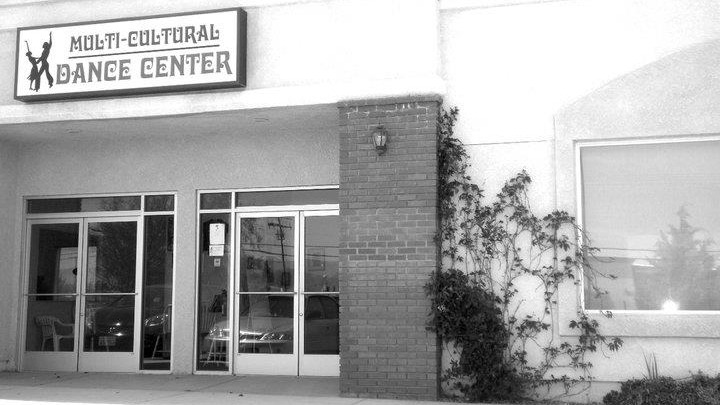
Introduction to Inclusive Dance Programs at MCDC
The Multi Cultural Dance Center (MCDC) stands out as a beacon of inclusivity in the performing arts scene. Founded nearly 12 years ago and led by Rebecca Ward, MCDC passionately commits itself to the mission that “anyone can dance, anyone can be in the arts.” This philosophy permeates every class, workshop, and performance, ensuring that students of all abilities and cultural backgrounds feel valued and supported.
Overview of Multicultural Dance Center (MCDC) and its mission
Importance of inclusivity in dance and performing arts
Expert quote: “Everyone can come. It doesn't matter what your background is or what life choices you make. Like, come hang out with us,” says Rebecca Ward, owner of MCDC, emphasizing the welcoming ethos that drives the center.
Comprehensive Offerings in Inclusive Dance Programs
MCDC prides itself on a vast spectrum of class offerings that reach far beyond traditional dance. Participants can find enriching classes in dance, music, vocal training, musical theater, and even crafts such as sewing and crocheting. This holistic approach equips students with broad artistic skills tailored to their interests and goals. Particularly notable are the unique cultural dance classes such as folklorico, K-pop, and hula , which celebrate multicultural expression and diversity.
Starting dance education as early as age two, MCDC’s programs introduce foundational movement and life skills at a tender age, fostering confidence, coordination, and an early love of the arts. These classes teach not just dance, but also basic concepts like colors, numbers, balance, and spatial awareness, forming a critical foundation for lifelong learning.

Adapting Inclusive Dance Programs for Special Needs Students
One of the most inspiring aspects of MCDC’s inclusive dance programs is their tailored approach for students with special needs. Whether accommodating those with autism, muscular dystrophy, or sensory impairments such as vision and hearing loss, MCDC innovates continuously to ensure accessibility and meaningful participation.
For example, for deaf students, instructors increase bass vibrations so students can physically feel the rhythm through the floor. Rebecca Ward shares, “Everyone has an ability to learn and express through dance.” This inclusive mindset challenges traditional boundaries and opens up dance as a powerful form of expression for all students.
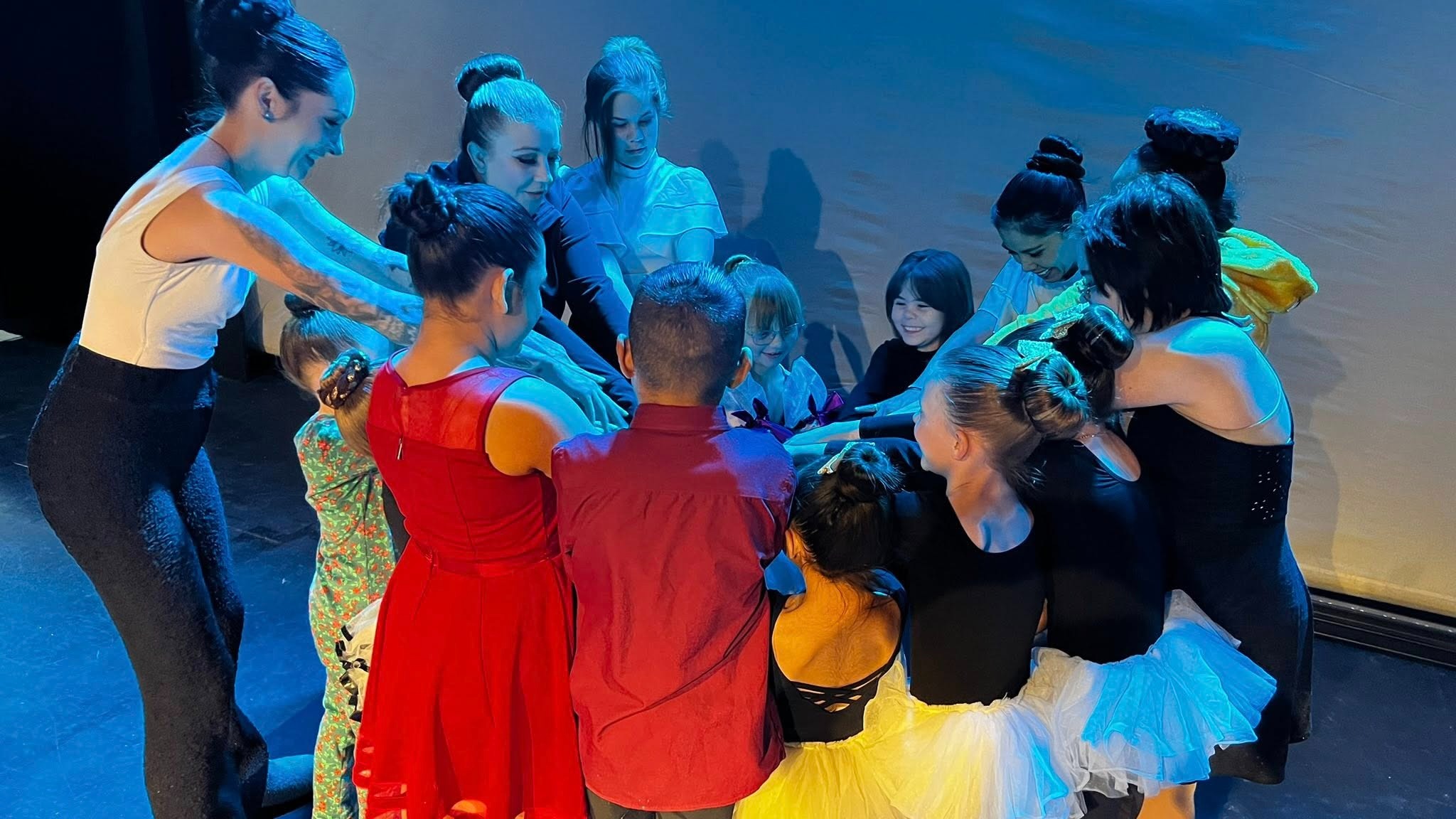
Expert Insights: Building Confidence Through Inclusive Dance Programs
MCDC not only focuses on technical skills but also on nurturing confidence and trust in one’s body, especially in young or beginner dancers. Different developmental stages require patience and age-appropriate teaching methods. Rebecca Ward advises beginners, “Trust yourself. Your body will learn what to do.” This encouragement fosters a supportive atmosphere where dancers gradually discover their potential and develop self-esteem through movement.
Watching even the youngest students, such as toddlers who initially feel apprehensive, gain confidence and joy in dancing is a hallmark of the inclusive environment cultivated at MCDC. The dance family grown here celebrates every milestone, large or small.
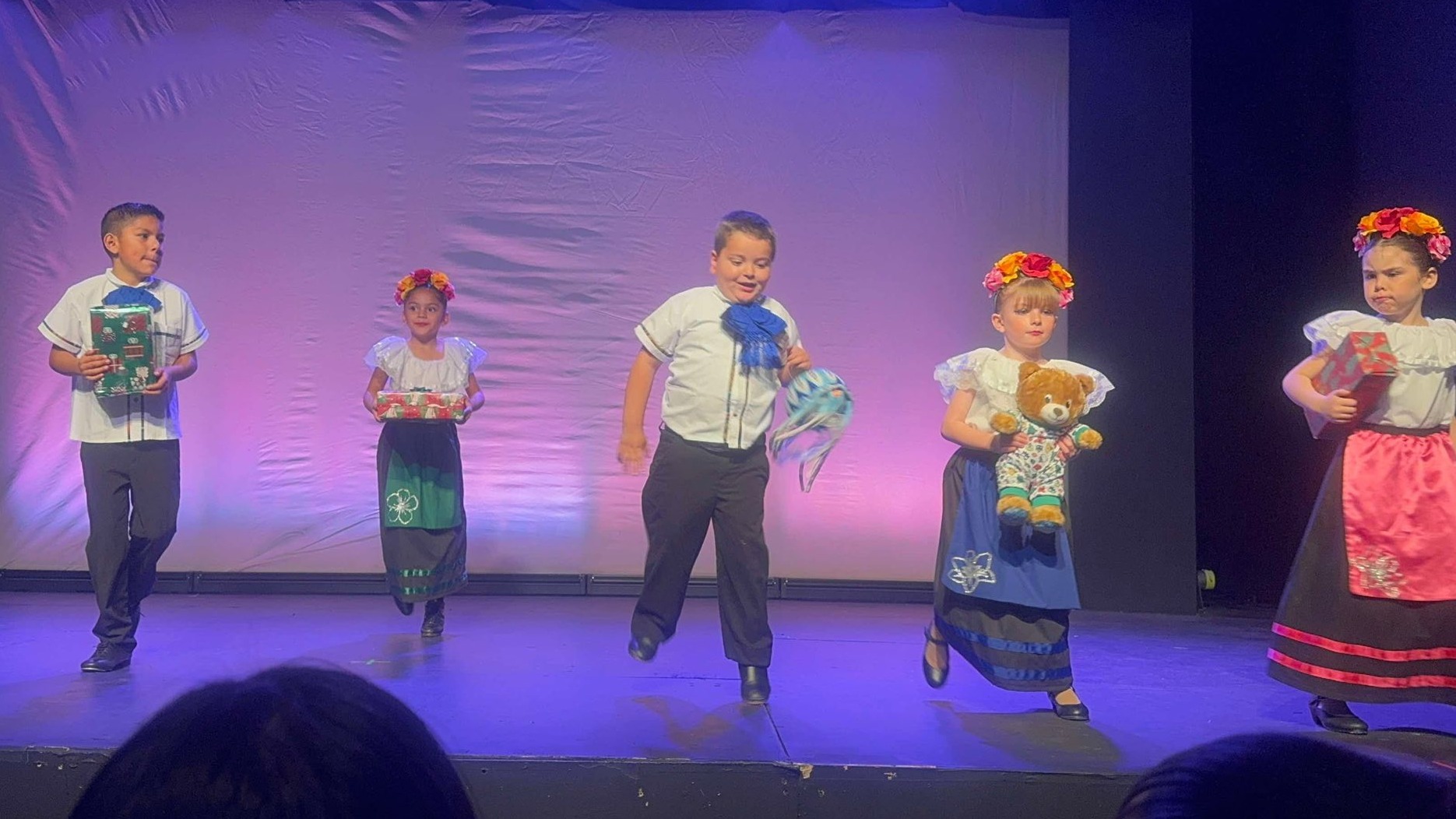
Navigating Industry Changes and Trends in Inclusive Dance Programs
MCDC exemplifies adaptability by embracing social media and evolving technologies to stay connected with students and broaden outreach. Recognizing trends such as TikTok and Instagram reels, MCDC integrates these platforms to showcase students’ progress and engage communities while preserving the core values of respect, kindness, and non-competitiveness.
The COVID-19 pandemic posed tremendous challenges, but MCDC quickly innovated by offering online classes, one-on-one sessions, and virtual performances. This agility ensured that their inclusive dance programs continued uninterrupted. The resilient studio community embraced these changes together, reinforcing the importance of flexibility and teamwork in sustaining artistic education.
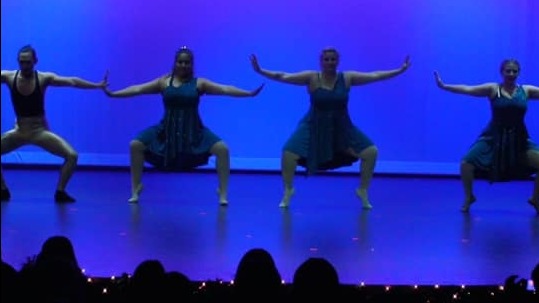
Community Engagement and Cultural Diversity in Inclusive Dance Programs
MCDC’s role extends beyond the studio walls through active community engagement and cultural celebration. Hosting theater auditions and practices encourages students’ participation in larger productions, bridging performing arts communities.
Through diverse dance styles from around the world, MCDC honors cultural traditions and builds a vibrant “dance family” that welcomes all backgrounds. As Rebecca Ward reflects, “We want to create a community where everyone feels like they belong—a true family of dance.”
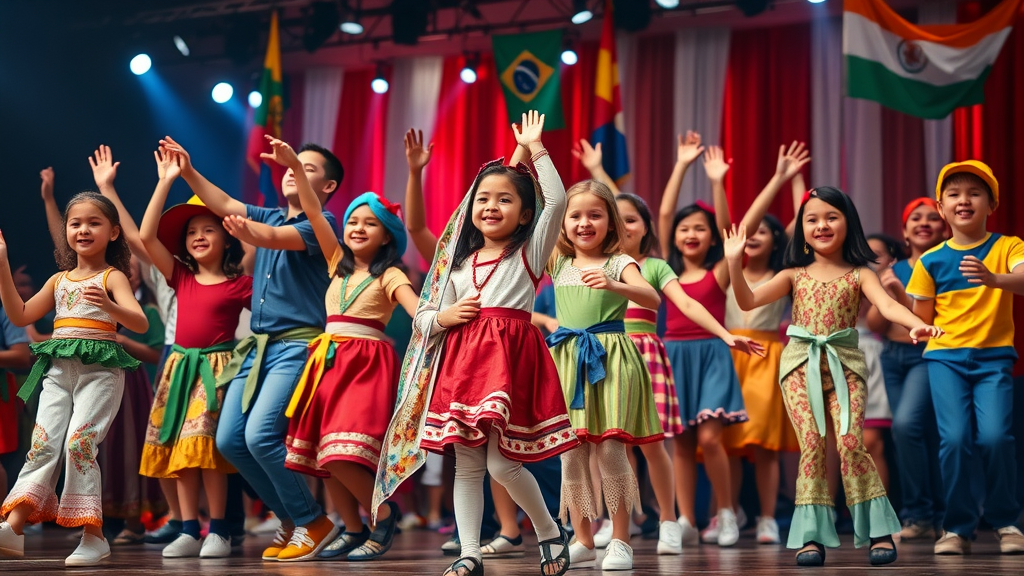
People Also Ask: Common Questions About Inclusive Dance Programs
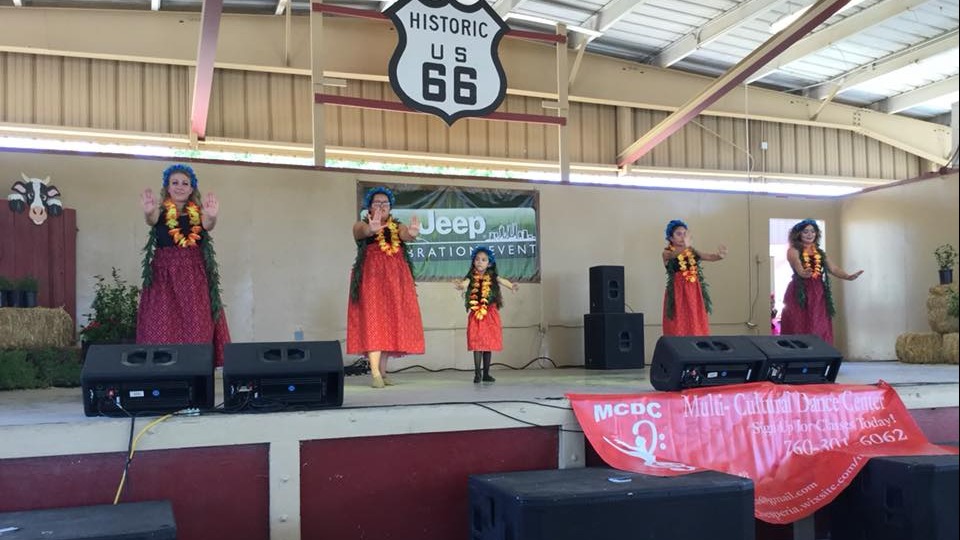
What are inclusive dance programs?
These are programs designed to welcome participants of all abilities and backgrounds, adapting teaching methods to accommodate diverse needs.How do inclusive dance programs accommodate special needs?
Through customized approaches such as sensory adaptations, tailored instruction, and accessibility supports, inclusive dance programs ensure everyone can participate meaningfully.What age groups can participate in inclusive dance classes?
Programs typically serve a wide age range, starting as early as two years old, through adulthood.How do inclusive dance programs benefit children’s development?
They improve physical coordination, social skills, confidence, and cultural awareness, nurturing holistic growth.
What You'll Learn from MCDC’s Inclusive Dance Programs
Topic |
Key Learning Points |
|---|---|
Inclusivity in Dance |
Welcoming all abilities and backgrounds |
Program Variety |
Dance, music, theater, and crafts |
Special Needs Adaptations |
Customized teaching methods and accessibility |
Confidence Building |
Trust and patience in learning |
Community Impact |
Cultural diversity and family atmosphere |
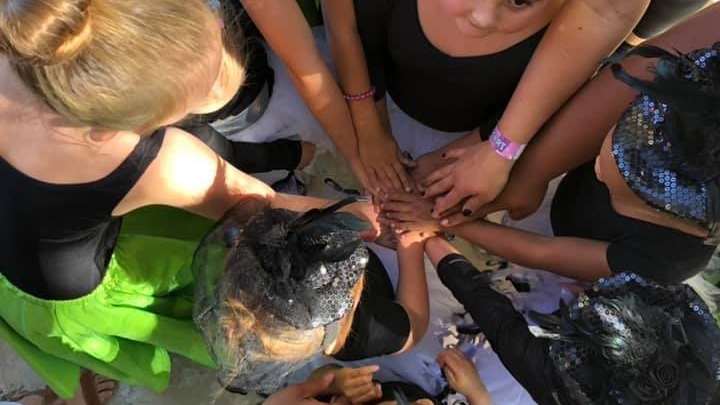
Key Takeaways on Inclusive Dance Programs at MCDC
Inclusive dance programs foster a supportive and diverse environment embracing all backgrounds and abilities.
MCDC offers a broad spectrum of classes beyond traditional dance, including music, theater, and crafts.
Adaptability and innovation in teaching and delivery are critical to program success and accessibility.
Expert guidance from Rebecca Ward and her team builds confidence and skills gradually in every student.
Community and cultural engagement enrich the overall dance experience and create lasting bonds.
Conclusion: Embracing Inclusivity in Dance with MCDC
MCDC is dedicated to crafting inclusive dance programs where every student is welcomed, valued, and empowered to explore the arts.
Rebecca Ward’s vision is a dance community where diversity and ability unite to build a supportive “dance family.”
Whether you are a beginner, a child with special needs, or someone seeking a culturally rich artistic experience, MCDC invites you to join and discover your unique voice through dance and performing arts.
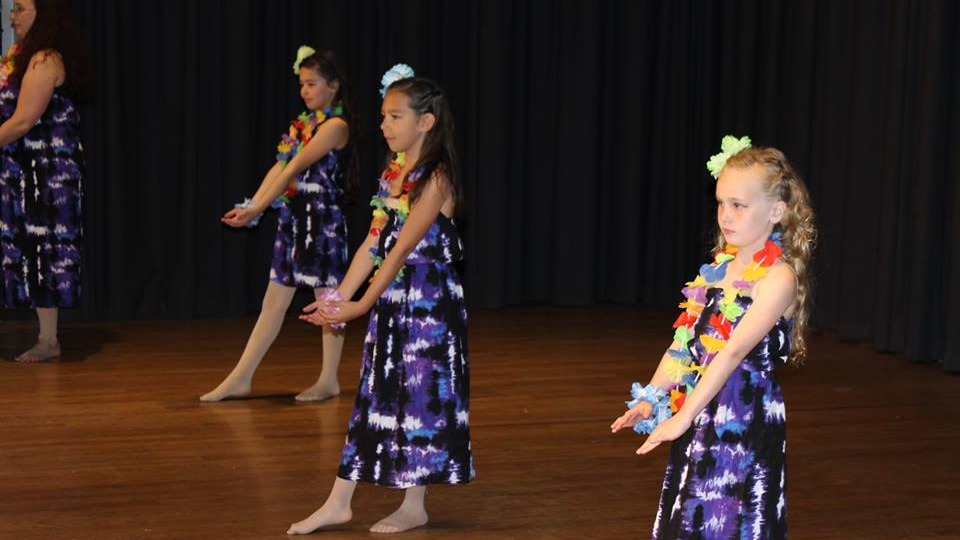
Discover firsthand the energy, diversity, and joy found within MCDC’s inclusive dance programs through this engaging video showcasing classes, student testimonials, and community events.
Inclusive dance programs are transforming the performing arts by welcoming individuals of all abilities and backgrounds to explore their passion for dance. Organizations like the Milwaukee Ballet’s Inclusive Programs and AXIS Dance Company are at the forefront of this movement.
The Milwaukee Ballet’s Inclusive Programs offer adaptive ballet experiences through initiatives like the award-winning Tour de Force program, which collaborates with dancers, children with disabilities, and physical therapists to create accessible dance opportunities. ( milwaukeeballet.org )
Similarly, AXIS Dance Company, based in Oakland, California, is a professional physically integrated contemporary dance company that consciously develops choreography integrating dancers with and without physical disabilities. Their work has received multiple Isadora Duncan Dance Awards, highlighting their commitment to inclusivity in the arts. ( en.wikipedia.org )
If you’re interested in exploring inclusive dance programs, these resources provide valuable insights and opportunities to engage with diverse and accessible dance communities.
 Add Row
Add Row  Add
Add 


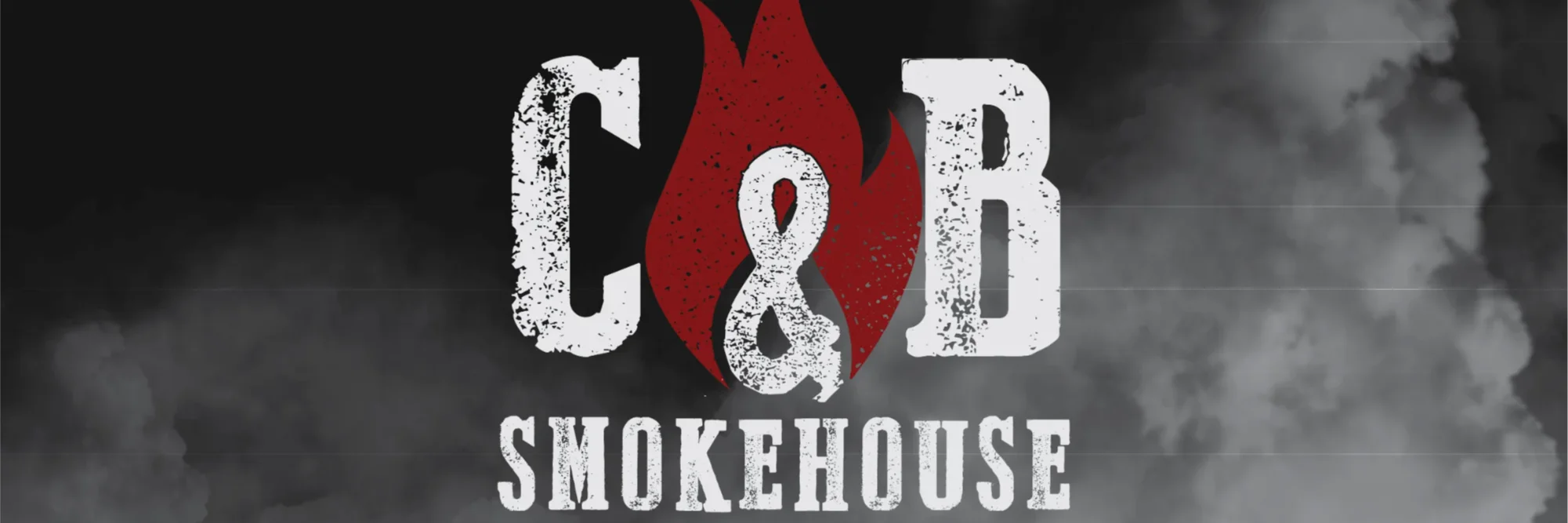

Write A Comment